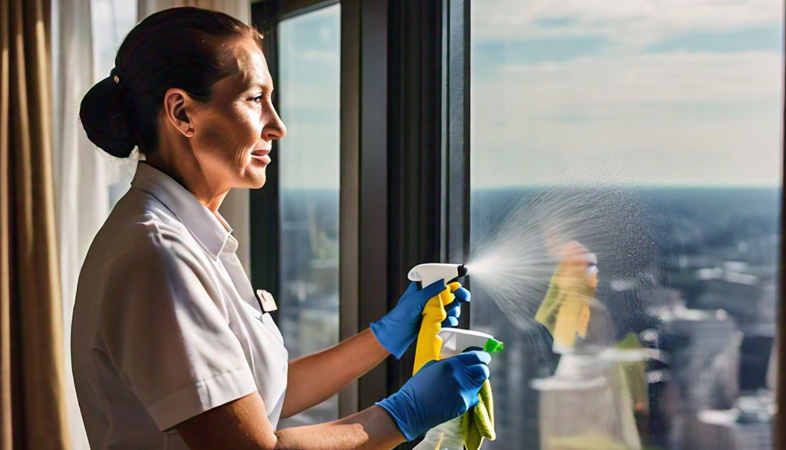SHARE
Commercials
More Posts
Apr 20, 2025
Unique Hotel Services You Didn't Know Existed
May 16, 2025
Buransh Lassi - By Chef Rajendra Singh Bisht
Mar 15, 2025
Rose Petal Thandai - By Chef Selva Kumar
Feb 11, 2025
Himachali Chana Madra - By Chef Reetu Uday Kugaji
Feb 21, 2025
Grilled Lamb Chops - By Chef Manoj Rathore
Apr 20, 2025
Unique Hotel Services You Didn't Know Existed
May 16, 2025
Buransh Lassi - By Chef Rajendra Singh Bisht
Mar 15, 2025
Rose Petal Thandai - By Chef Selva Kumar
Feb 11, 2025
Himachali Chana Madra - By Chef Reetu Uday Kugaji
Feb 21, 2025
Grilled Lamb Chops - By Chef Manoj Rathore
Apr 20, 2025
.png)



























